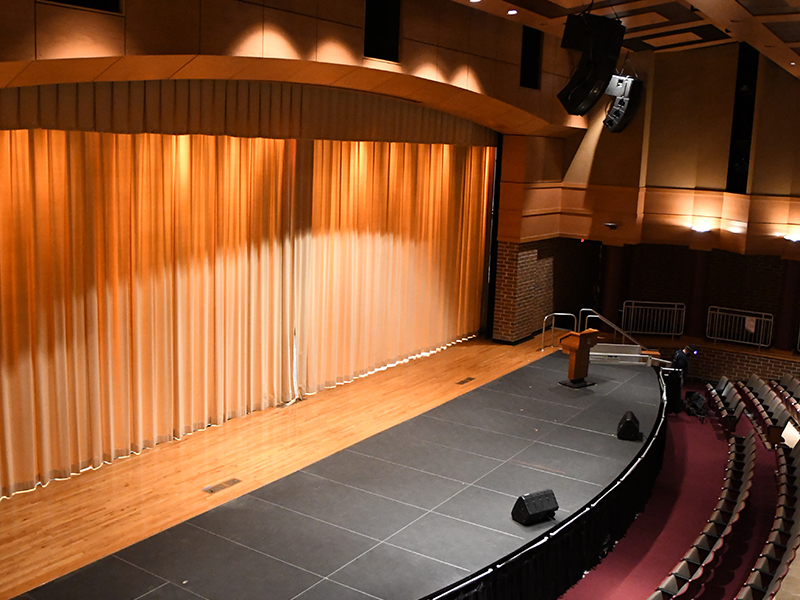Illuminating the Impact of Illumination Conditions on Motion Detection Precision and Reliability
Illuminating the Impact of Illumination Conditions on Motion Detection Precision and Reliability
Blog Article
Illumination environments play a crucial impact in how effectively we can detect motion. Movement detection is a key aspect of different systems, such as surveillance cameras, automated lighting systems, and even some video games. Comprehending how different lighting environments affect our ability to perceive movement can help improve the design and efficacy of these systems. For instance, poor illumination might result in missed movements or incorrect alerts, while optimal illumination can boost the precision of motion detection technologies.
In bright illumination environments, motion detection is generally more accurate. As there is ample light, sensors and cameras can obtain clearer images, which assists in identifying dynamic objects. Bright environments allow for better contrast between the dynamic object and the surroundings. This contrast is essential for both visual observers and mechanical technologies, as it makes it easier to distinguish between static and dynamic elements in a scene. Therefore, making sure that areas are well-lit can greatly enhance the performance of movement detection technologies.
Conversely, low-light environments can present challenges for motion detection. In low-light settings, darkness can obscure dynamic elements, making them difficult to detect. Additionally, the human eye struggles to detect movement in dim conditions, which can lead to misinterpretation of the situation in the environment. Cameras may also face challenges, as many do not function well in dim conditions without the use of infrared capabilities or other improvements. These limitations highlight the importance of adequate illumination in settings where movement detection is critical.
Moreover, various types of illumination can have varying effects on movement detection. For instance, fluorescent lights can flash, which might mislead movement detection systems that depend on steady light input. On the contrary, daylight provides a steady Get More Info source of lighting that improves visibility. Comprehending these differences in lighting conditions can guide operators in choosing the most suitable illumination for specific uses, particularly in security and surveillance scenarios.
In conclusion, the relationship between lighting conditions and movement detection precision is significant. By ensuring that environments are appropriately lit, we can improve the dependability of movement detection systems. This understanding not only benefits tech uses but also enhances security and safety in various environments. As further developments are made in movement detection technology, considering lighting conditions will remain a crucial consideration in enhancing performance and guaranteeing Website that these technologies function effectively in various conditions.